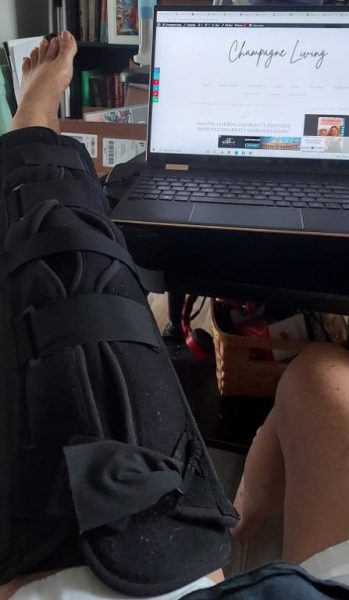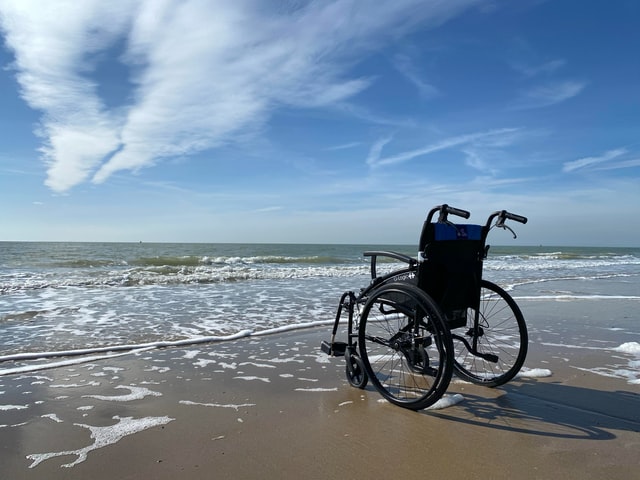I once said that “I’m free-spirited and ready to try new and exciting adventures, but when it comes down to the nitty-gritty there are certain rules that I adhere to in order to be able to enjoy life to the fullest.” Zippy Sandler (that’s me), editor-in-chief of Champagne Living lives with an ambulatory disability, but this hasn’t impeded her from living her best life. According to the World Health Organization, 15% of the global population lives with disabilities. It’s the largest minority community and over the years has struggled to be represented well in the fashion and beauty industry.

Fashion And Beauty Standards
These industries have long ago set their standards based on what they thought of as the perfect body and the perfect look. In recent years, there have been massive calls from around the world that fashion and beauty should correctly represent their consumers’ diversity. Inclusiveness is not limited to persons with disabilities but encompasses all body types, ethnic groups, gender identities, and age groups regardless if one is able-bodied or disabled. As a result, people with disabilities have been seen on runways, magazine covers, and advertisements.
Brands That Featured Persons With Disabilities
Aimee Mullins was one of the first major models with a disability and modeled for Alexander McQueen. Jillian Mercado, who lives with spastic muscular dystrophy, has had ad campaigns with Diesel, Target, and Olay as well as modeled for Beyonce. Xian Horn, who has cerebral palsy, was part of Covergirl’s TruBlend ads. Gucci cast Ellie Goldstein, a model with Down’s Syndrome for the Gucci Beauty campaign. These are the first steps towards eliminating the feelings of underrepresentation and invisibility sensed by people with disabilities, especially in the fashion and beauty industry.

Not Enough
True inclusiveness goes beyond headlining persons with disabilities in ads, magazine covers, and runways. Opportunities to work and advance in careers behind the camera should equally be made available to them. On the consumer side, the industry should make changes that will make shopping easier for customers with disabilities. Plan and construct accessible physical stores with well-trained retail staff. Build websites that are functional and easy to access. Make universally designed products and packaging. These are not only beneficial for consumers with disabilities who have a total disposable income of $8 trillion annually in the US alone. Fashion and beauty companies will do very well to have a slice of that pie. What’s more, customers with disabilities have stronger brand loyalty.
Diversity, Equity, and Inclusion (DEI) have ways to go in the fashion and beauty industry. Some critics see the improvements as just a reactionary move by the industry to remain relevant. There are brands that are truly making DEI a part of their mission. Nike, Tommy Hilfiger, and Target are designing inclusive products for the disabled community such as adaptive clothing. Grace Beauty and Guide Beauty consciously think of consumers with disabilities when they design their beauty products. Too Faced social media posts contain alt text and visually impaired clients are able to engage. These are some of the benchmarks that beauty and fashion companies need to emulate going forward.

